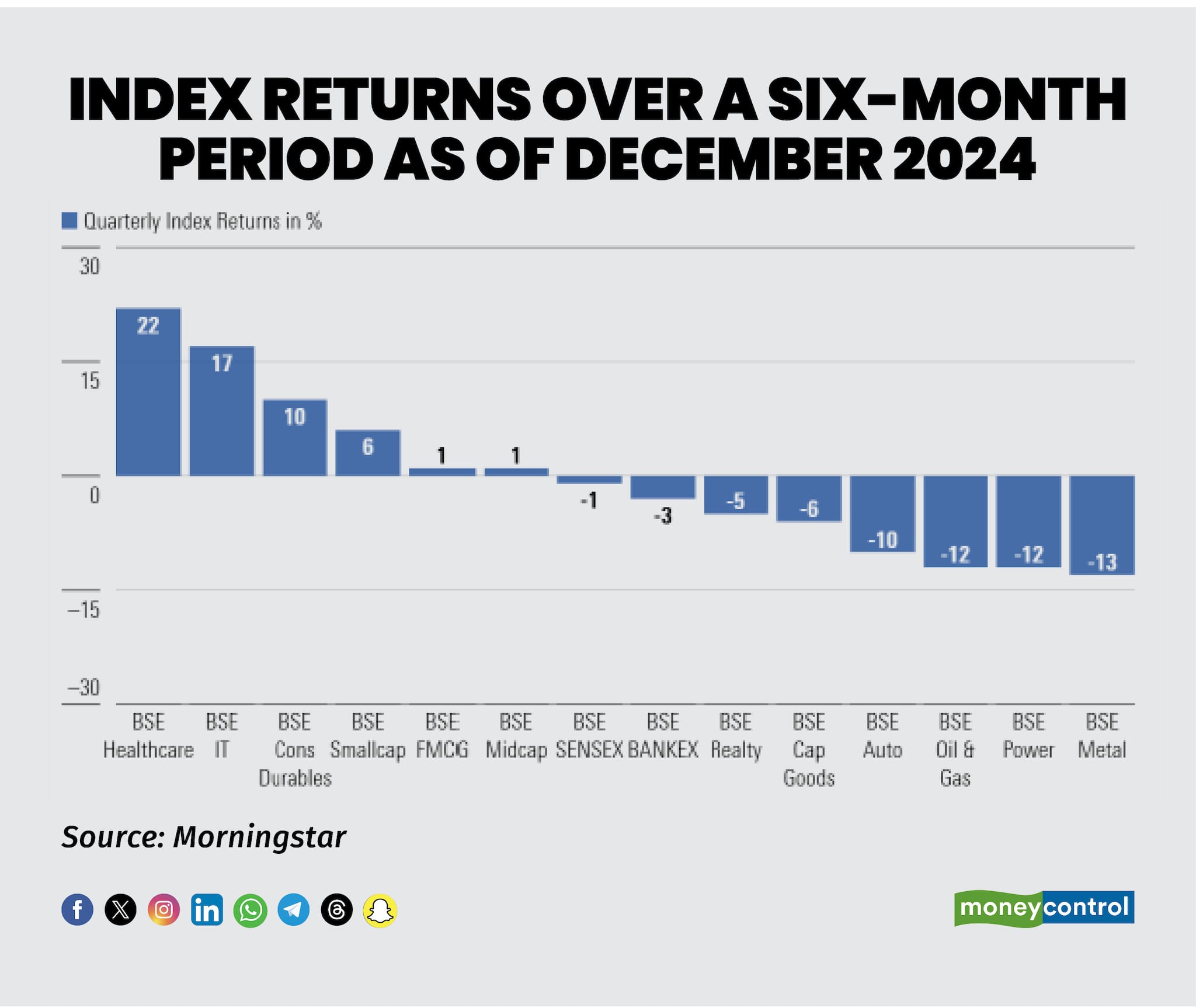



Even as foreign investors sold Indian equities aggressively in the second half of 2024, India-focused actively managed offshore funds saw net inflows of $4.6 billion in the second half of 2024. ETFs witnessed net outflows of $716 million, compared to $238 million in actively managed funds, suggesting that foreign investors preferred to take comfort in the ability of managers to outperform the market amid heightened volatility and earnings slowdown, a latest report said.
The total asset base of India-focused offshore funds and ETFs remained stable, increasing from $102.3 billion in June 2024 to $103.4 billion in December 2024, according to the Morningstar Offshore Fund Spy report. Total actively managed offshore funds accounted for $74.7 billion, up from $72.5 billion in June, while offshore ETFs declined from $29.9 billion to $28.7 billion. The decline in ETF market share, from 29.2 percent in June to 27.7 percent in December, indicated that investors were willing to pay higher fees for actively managed funds, potentially viewing them as a safer bet in volatile conditions.
The report added that between July 2024 and December 2024, Invesco India Equity C $USD AD attracted the highest net inflows, totaling approximately $1 billion. Following that, the GS India Equity I Inc $USD and HSBC India Infrastructure Equity Open Fund recorded net inflows of $832 million and $476 million, respectively. On the other hand, the iShares MSCI India ETF, which attracted the highest net inflows during the first half of the year, saw a net outflow of $650 million. The report notes that this is the largest fund in the India-focused offshore fund and ETF category, with assets under management of $10 million.
Overall, the report added that 136 out of the 292 funds recorded net inflows between July and December 2024, collectively amounting to $8.5 billion by December 2024.
Volatile markets
The Indian equity markets witnessed a volatile second half of 2024, including strong rallies, sharp corrections, and shifting investor sentiment. According to the Morningstar report, offshore India-focused funds saw record annual net inflows of $23.4 billion during the first half. However, this trend reversed in the final quarter of the year, with offshore funds experiencing a net outflow of $954 million, marking a significant shift in sentiment. Over a one-year period, India-focused offshore funds and ETFs delivered a return of 11.9 percent, underperforming the MSCI India USD Index, which returned 12.4 percent.
 .
.
The report added that funds with exposure to large- and mid-cap stocks performed well during this time. The top performer was Allianz India Equity I $USD, a Luxembourg-domiciled fund, which delivered a 36.4 percent return, significantly outperforming both the category average (12.0 percent) and the MSCI India USD Index (12.4 percent).

On the other hand, funds with a high concentration in large-cap stocks and little or no exposure to mid- and small-cap stocks struggled. NH-Amundi India LargeCap Fcs Eq-FoF Ce was the worst-performing fund, returning -7.8 percent, significantly underperforming both the category average and the MSCI India USD Index. Over a three-year period, it delivered a disappointing -2.8 percent return, also underperforming both the category and the index.
 .
.
Fluctuating FII Interest
The report notes that Foreign Institutional Investors (FIIs) initially remained highly optimistic, aggressively buying Indian equities between July and September 2024. This bullish phase was fueled by strong domestic economic growth, a stable political environment following the NDA government’s re-election, robust corporate earnings, and expectations of interest rate cuts by the U.S. Federal Reserve. However, from October onwards, there was a selloff. October alone, according to the report, recorded FII net outflows of $11.19 billion, the highest-ever monthly outflow from Indian equity markets.
The reversal was driven by multiple factors. These included concerns over stretched valuations of Indian equities, which prompted a shift in capital toward China, where stocks were considered more attractive. Geopolitical risks, uncertainty ahead of the U.S. presidential elections, rising crude oil prices, and a weakening Indian rupee further contributed to the bearish outlook. Additionally, there were also worries about Donald Trump’s potential foreign policy stance and a possible trade war, which added to investor caution.
By the end of December, FIIs had become net sellers in Indian equities to the tune of $293 million for the second half of 2024, though they remained net buyers for the full year, with inflows totalling $124 million.
Discover the latest Business News, Sensex, and Nifty updates. Obtain Personal Finance insights, tax queries, and expert opinions on Moneycontrol or download the Moneycontrol App to stay updated!
Find the best of Al News in one place, specially curated for you every weekend.
Stay on top of the latest tech trends and biggest startup news.